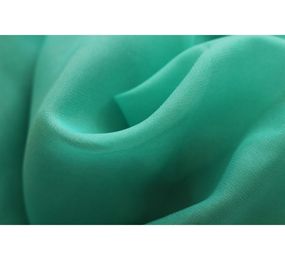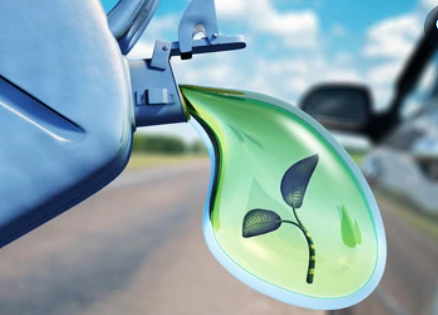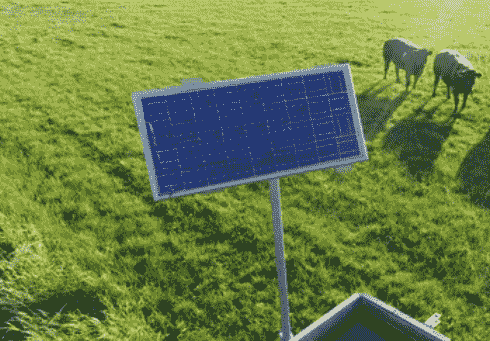The fashion industry, long entangled in the threads of environmental concern, is witnessing a promising trend – the rise of bioplastics in textiles. From breathable fabrics to fashionable footwear, these plant-based polymers are reshaping the landscape of fashion, one sustainable stitch at a time.
Traditional textiles often rely on synthetic fibers derived from petrochemicals, contributing to a hefty carbon footprint and microplastic pollution. Bioplastics, crafted from renewable resources like corn starch and cellulose, offer a revolutionary alternative. They not only reduce dependence on fossil fuels but also boast impressive eco-friendly credentials:
-
Reduced environmental impact: Bioplastic textiles significantly lower greenhouse gas emissions compared to their synthetic counterparts, minimizing their overall environmental footprint.
-
Biodegradability and compostability: Certain bioplastic-based textiles can biodegrade or compost under specific conditions, addressing the pressing issue of textile waste accumulation.
-
Enhanced functionality: Bioplastics can be engineered with unique properties like moisture-wicking, breathability, and even fire resistance, making them suitable for a diverse range of applications.
Beyond the green appeal, bioplastics are sparking exciting advancements in textile design and functionality:
-
Breathable sportswear: Imagine running shoes crafted from bioplastics that mimic the skin's natural breathability, keeping you cool and comfortable during strenuous activities.
-
Waterproof rainwear: Bioplastic membranes are paving the way for eco-friendly raincoats and jackets that offer superior protection without relying on harmful chemicals.
-
Luxurious leather alternatives: Plant-based alternatives to leather are emerging, offering a cruelty-free option with the same supple feel and timeless elegance.
Despite their immense potential, bioplastics in textiles face hurdles. Scalability, durability, and cost-effectiveness remain key challenges that require innovative solutions and collaborative efforts. Additionally, consumer awareness and understanding of bioplastic textiles need to be nurtured for wider adoption.
The future of fashion is being woven with threads of sustainability, and bioplastics are playing a pivotal role. By investing in research and development, optimizing production processes, and promoting responsible sourcing and manufacturing practices, we can unlock the full potential of these eco-friendly textiles.
Join the conversation at the 2nd annual World Biopolymers & Bioplastics Innovation Forum in Amsterdam and be part of a collective effort to reimagine fashion through the lens of bioplastics. Together, we can thread a greener future, where clothes tell a story of innovation, sustainability, and respect for our planet.
To register or learn more about the Forum please check here: https://bit.ly/3qbznOe
For more information and group participation, contact us: [email protected]
















